Mortgage rates are plummeting, but how far will they fall?


The Big Story |
Big Story Data |
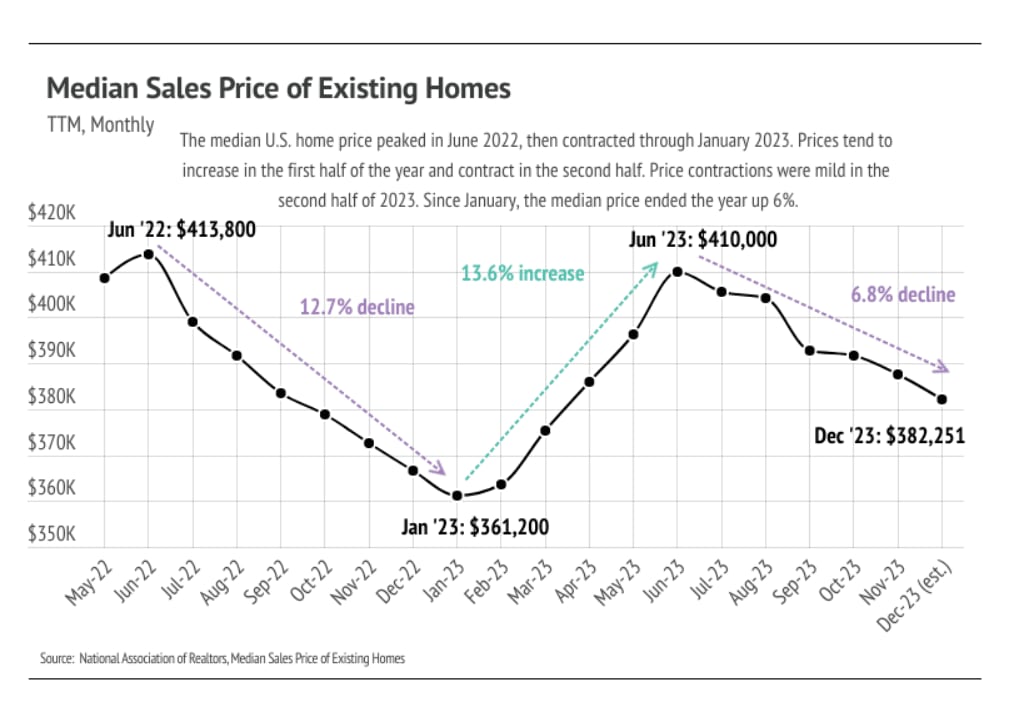
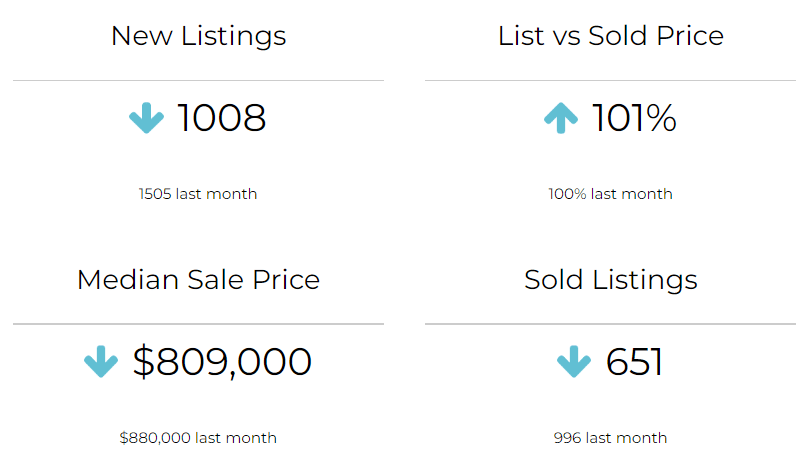

Stay up to date on the latest real estate trends.
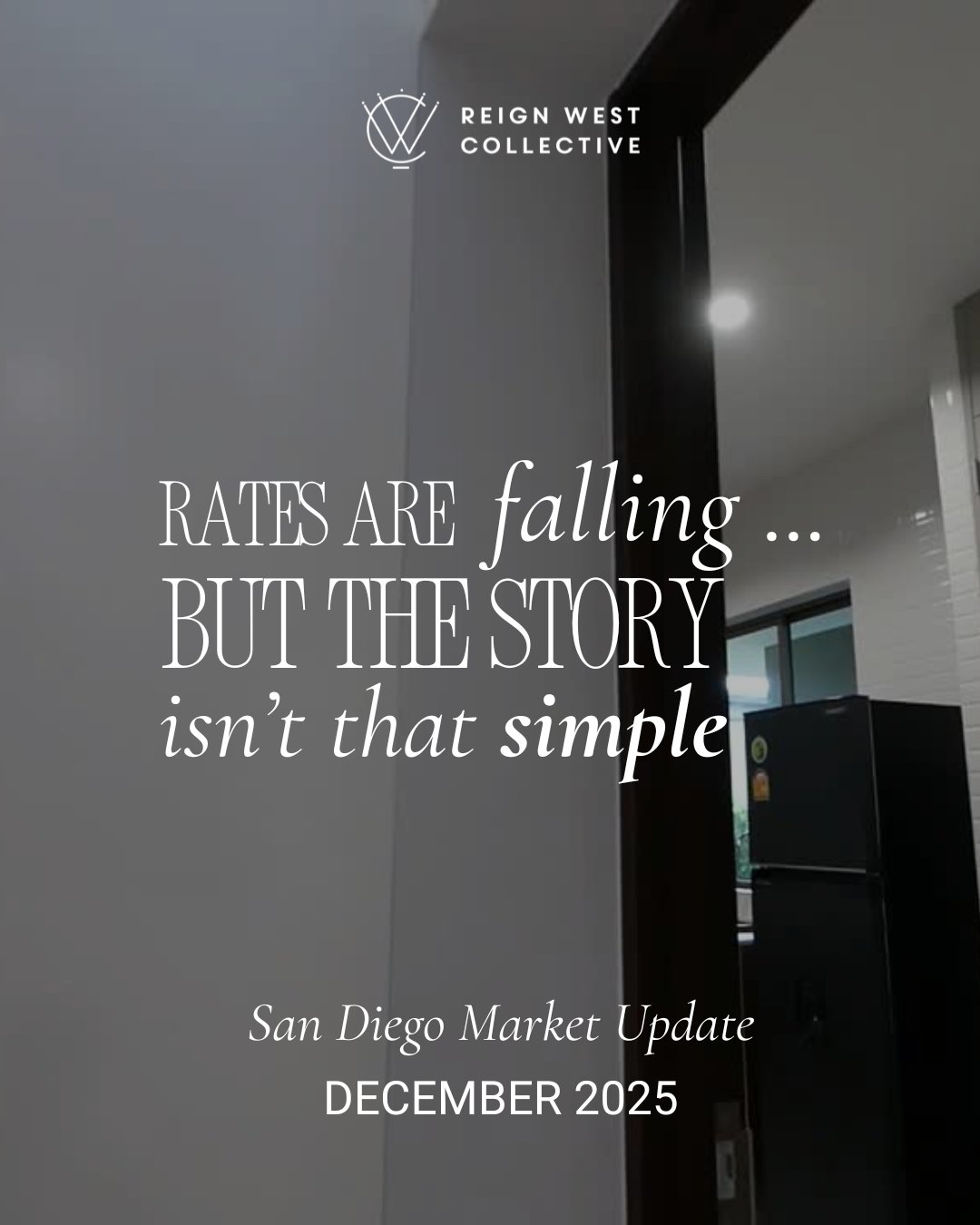
December 20, 2025
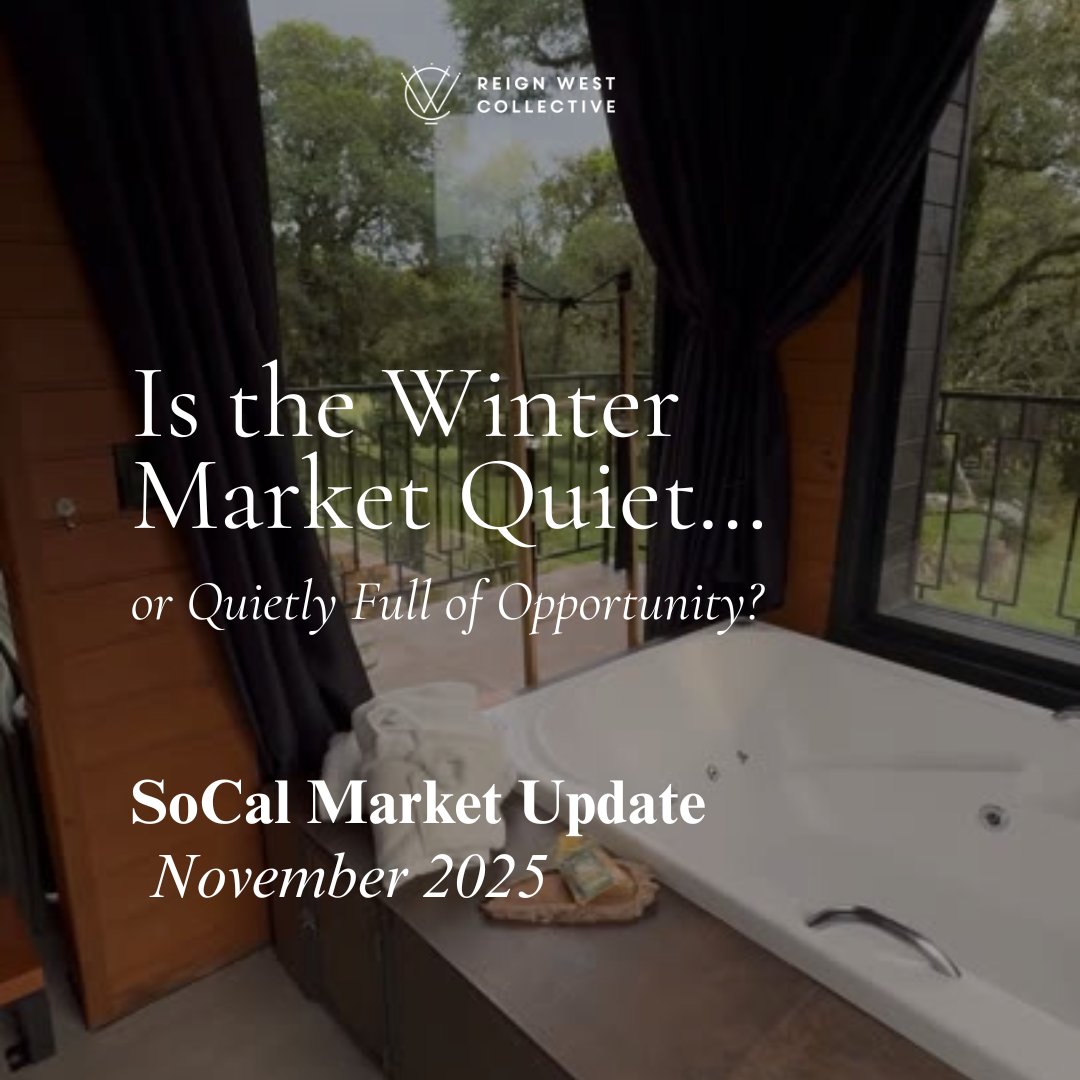
November 21, 2025

October 23, 2025

September 18, 2025
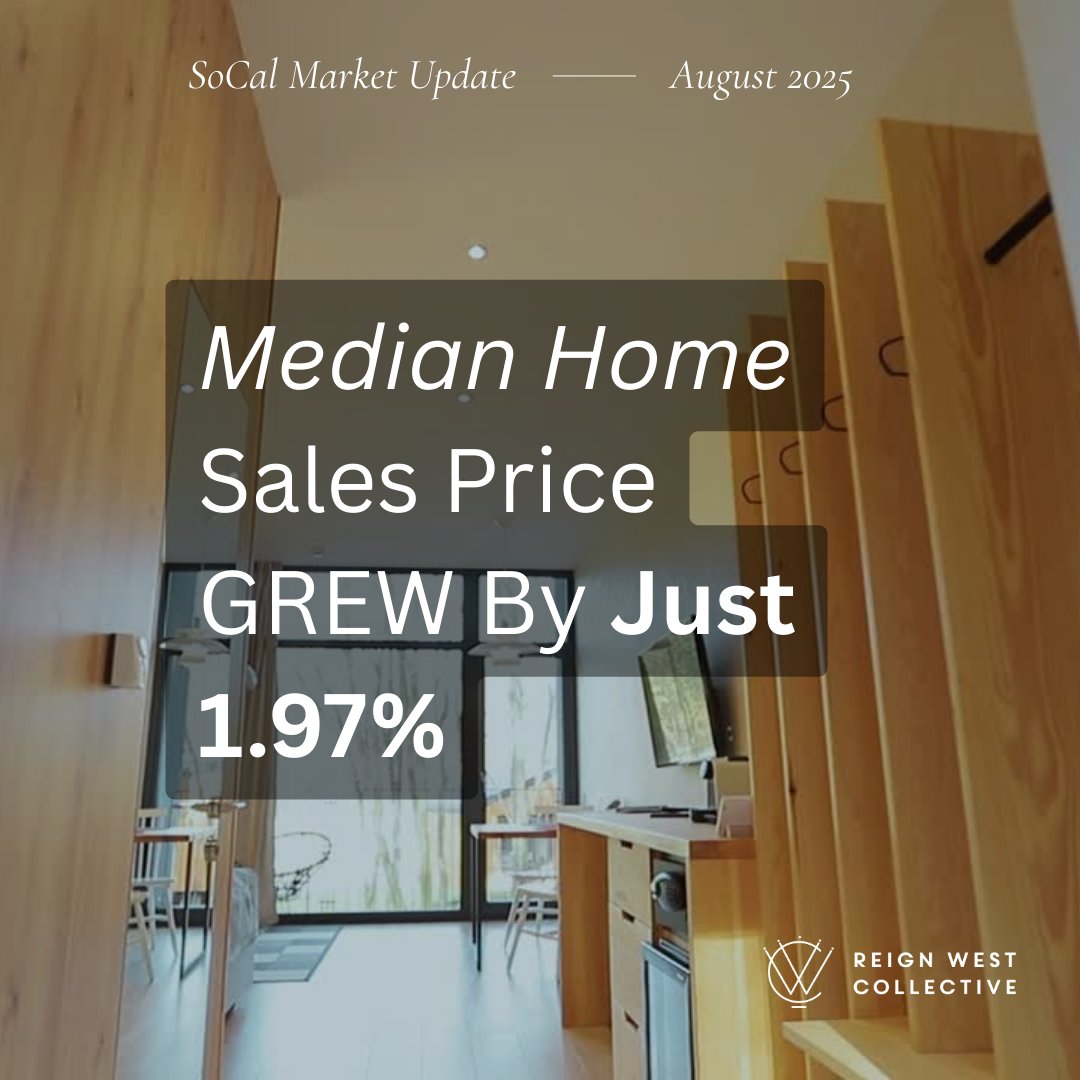
August 23, 2025

July 17, 2025
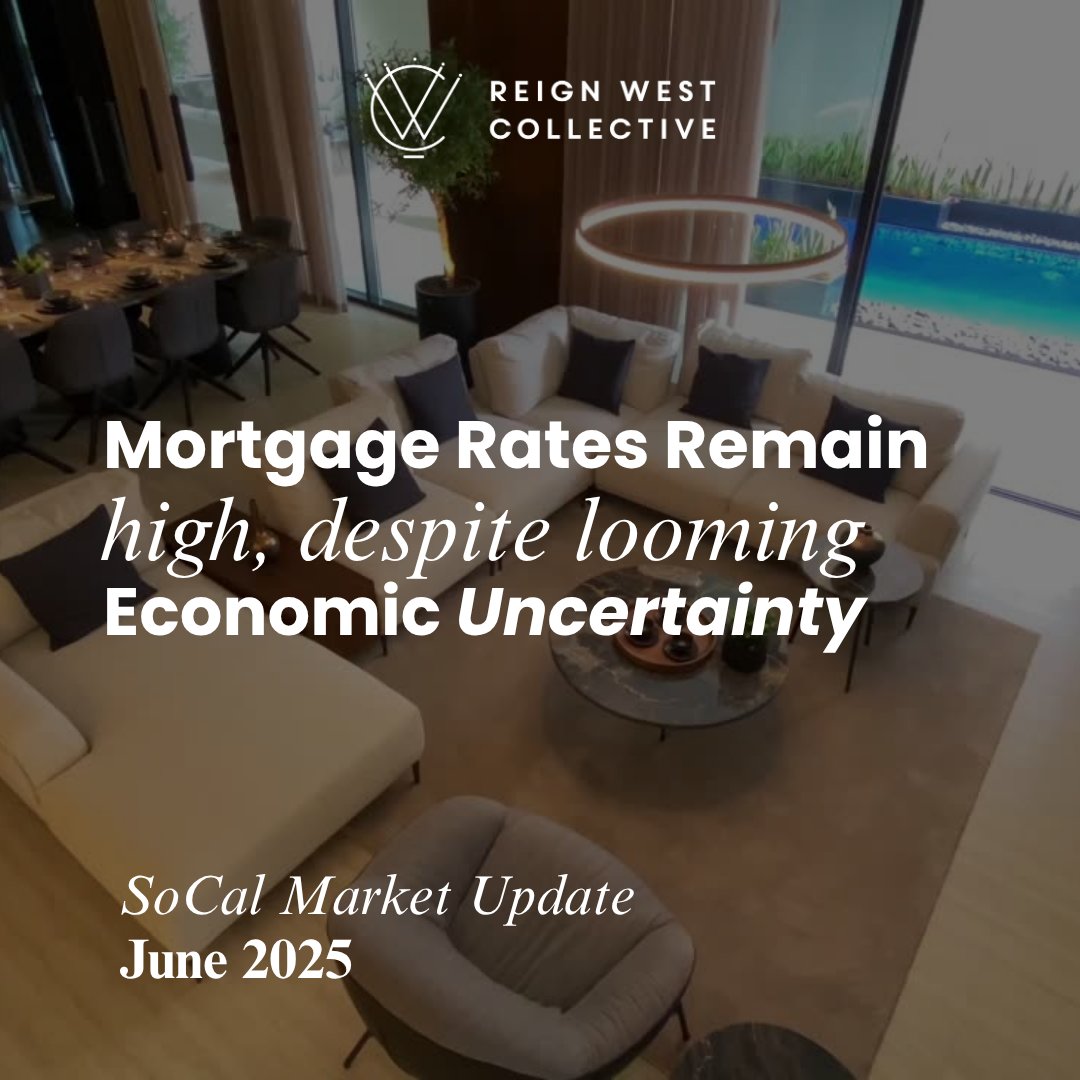
June 18, 2025

May 16, 2025

April 18, 2025
You’ve got questions and we can’t wait to answer them.